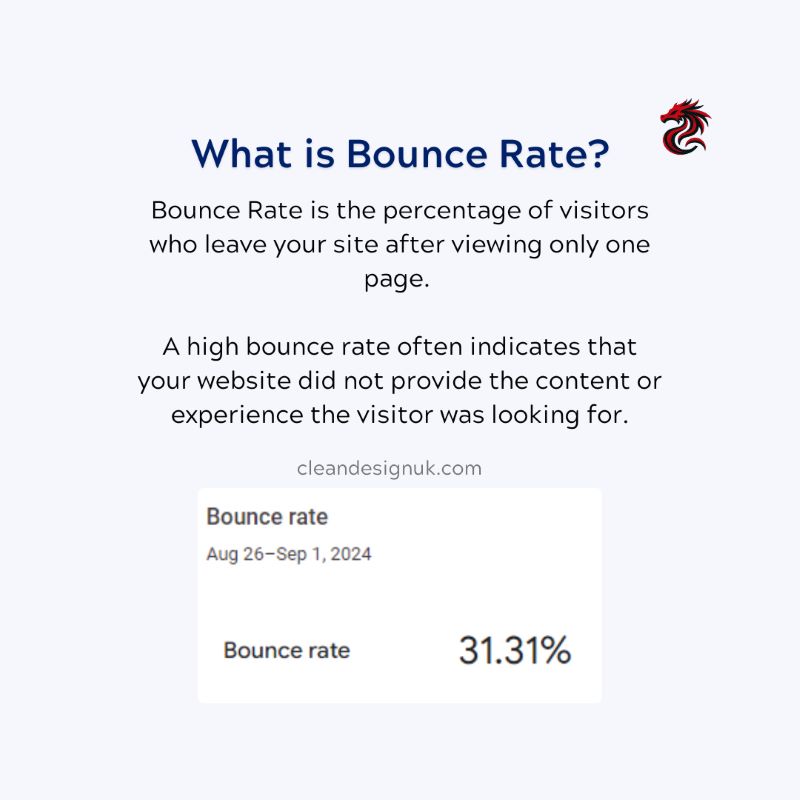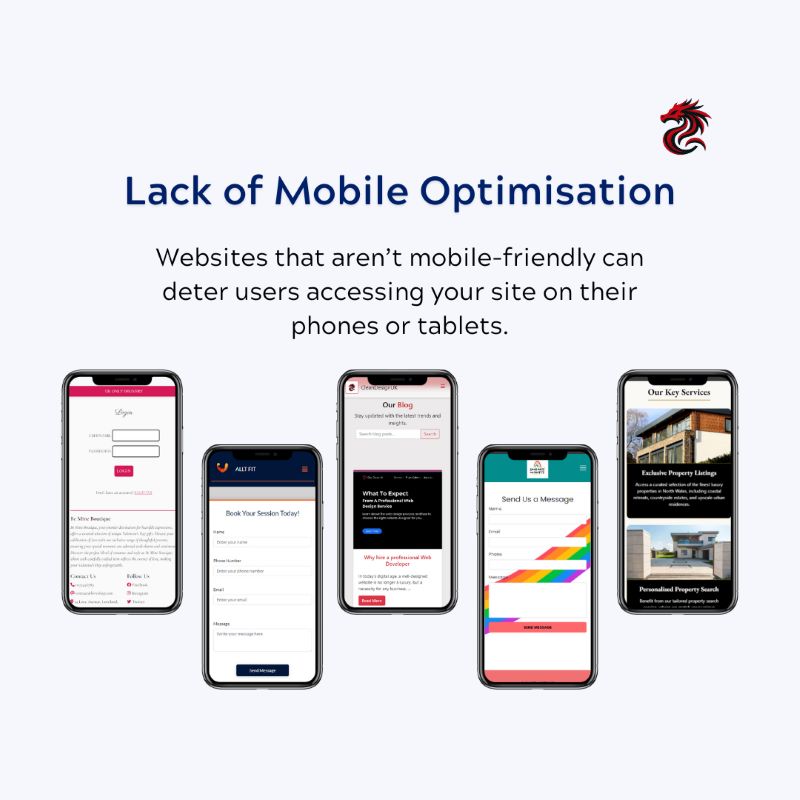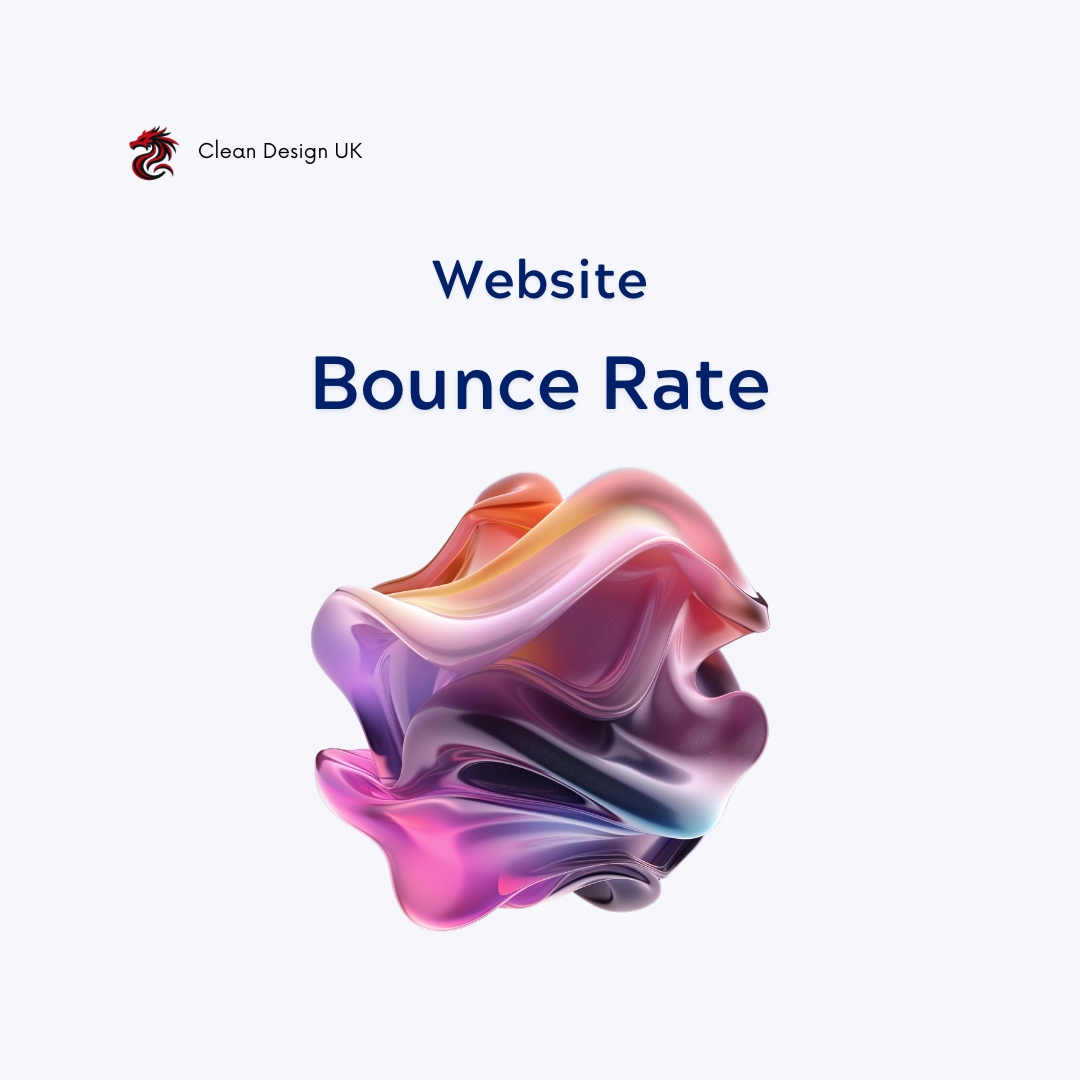Understanding Website Bounce Rate and How to Improve It
Reducing your website bounce rate is crucial for maintaining visitor engagement and enhancing your SEO rankings. In this comprehensive guide, we’ll explore what bounce rate is, why it matters, and provide practical tips to help you lower it effectively. Whether you're a seasoned webmaster or just starting, understanding bounce rate can significantly impact your website's performance.
What is Bounce Rate?
The bounce rate is the percentage of visitors who navigate away from your site after viewing only one page. For instance, if 100 users visit your site and 50 leave after viewing just the homepage, your bounce rate is 50%. A high bounce rate often indicates that your website did not meet the visitors' expectations or needs.
Understanding your bounce rate can provide valuable insights into user behavior and help you identify areas for improvement. By analyzing bounce rates, you can make informed decisions to enhance user experience and increase engagement.
Why Does Bounce Rate Matter?
- SEO Impact: Search engines like Google may interpret a high bounce rate as a sign that your content isn’t relevant or engaging, potentially lowering your search rankings. This can reduce your website’s visibility and organic traffic.
- User Experience: A high bounce rate suggests that users aren’t finding what they need, which could be due to poor design, slow loading times, or irrelevant content. Improving user experience can lead to higher engagement and retention.
- Conversion Rates: Lower bounce rates are often associated with higher conversion rates, as engaged visitors are more likely to take desired actions such as signing up for a newsletter, making a purchase, or contacting your business.
- Business Insights: Bounce rate analysis can reveal trends and patterns in user behavior, helping you tailor your content and marketing strategies to better meet your audience's needs.
By monitoring and improving your website bounce rate, you can enhance both user satisfaction and your site's overall performance, leading to increased traffic and revenue.
Average Website Bounce Rate by Industry
Understanding the average website bounce rate by industry can help you benchmark your site's performance and set realistic goals. Here are some industry averages to consider:
| Industry | Average Bounce Rate |
|---|---|
| Retail | 20% - 40% |
| Blogs | 40% - 60% |
| Service | 10% - 30% |
| Landing Pages | 70% - 90% |
These benchmarks can help you determine if your site's bounce rate is within an acceptable range or if it requires attention. Comparing your bounce rate against industry standards allows you to identify whether your website's performance is on par with competitors or if specific areas need improvement.
Common Causes of High Bounce Rates
- Slow Loading Times: If your site takes too long to load, visitors may leave before it even finishes. Check your website’s bounce rate and loading speed regularly.
- Poor Design or Navigation: Confusing layouts or difficult-to-find information can frustrate users, leading them to exit quickly.
- Irrelevant Content: If visitors don’t find what they’re looking for immediately, they are likely to leave. Improve your content with our guide on creating content that resonates with your audience.
- Lack of Mobile Optimization: Websites that aren’t mobile-friendly can deter users accessing your site on their phones or tablets. Stay updated with digital marketing trends to keep up with mobile needs.
- Intrusive Pop-ups: Excessive or poorly timed pop-ups can annoy visitors, causing them to leave your site.
- Bad Content Formatting: Large blocks of text without headings, images, or bullet points can make your content hard to read.
Addressing these common issues can significantly reduce your website's bounce rate and improve overall user satisfaction.

How to Check Your Website's Bounce Rate for Free
Monitoring your website bounce rate is essential for identifying issues and improving user engagement. Here are some free tools you can use:
- Google Analytics: A comprehensive tool that provides detailed insights into your website’s performance, including bounce rate metrics. Learn how to set it up and interpret the data in our guide on updating your website content regularly.
- Hotjar: Offers heatmaps and session recordings to help you understand user behavior and identify areas causing high bounce rates. Discover how to use website health checks to enhance user experience.
- Matomo: An open-source analytics platform that gives you full control over your data while providing bounce rate tracking. Explore our professional website design services to integrate Matomo effectively.
By regularly checking your website's bounce rate, you can make informed decisions to enhance your site’s performance.

Tips to Reduce Bounce Rates
- Improve Page Load Speed: Optimize images, use a content delivery network (CDN), and minimize code to ensure fast loading times. For details, read our article on top web design trends for 2025.
- Enhance User Experience: Simplify navigation, make your design intuitive, and ensure your content is easy to find. Learn more in our user experience guide.
- Create Relevant Content: Use SEO tools to understand what your audience is looking for and create content that meets their needs. Check out our tips on creating relevant content.
- Make Your Site Mobile-Friendly: Ensure your website is responsive and provides a great experience on all devices. Learn more about professional website design for small businesses.
- Use Clear Call-to-Actions (CTAs): Guide your visitors towards desired actions with clear and compelling CTAs. Explore our marketing guide for effective CTA strategies.
- Improve Content Readability: Use headings, bullet points, and images to make your content easy to read and engaging. Refer to our SEO basics guide for more tips.
Implementing these tips can significantly lower your bounce rate and improve overall user engagement on your website.
Additional Strategies to Lower Your Bounce Rate
- Implement A/B Testing: Test different versions of your web pages to see which elements reduce bounce rates. Learn more about avoiding PPC ad mistakes that can help retain visitors.
- Optimize for SEO: Ensure your pages are optimized for relevant keywords like average website bounce rate and check website bounce rate to attract the right audience. Our SEO impact guide provides comprehensive strategies.
- Engage with Interactive Content: Incorporate videos, quizzes, and interactive infographics to keep visitors engaged. Explore our content creation tips for more ideas.
- Provide Valuable Information: Ensure your content answers the visitors' queries effectively and provides value. Refer to our essential website tips to enhance content quality.
- Use Exit-Intent Popups: Offer discounts or additional content when a user is about to leave your site to encourage them to stay. Check out our website builder costs guide for more insights.
By implementing these additional strategies, you can further reduce your website's bounce rate and enhance overall user engagement.
Conclusion
Reducing your website’s bounce rate is essential for keeping visitors engaged and improving your SEO rankings. By focusing on user experience, relevant content, and site speed, you can lower your bounce rate and boost your website's performance.
Need Help Improving Your Website's Bounce Rate?
Visit our work to see examples of our website designs that focus on user engagement and retention. For a more hands-on approach, contact us to book a free consultation and let our experts guide you in optimizing your website.
Our services not only address high bounce rates but also cover comprehensive SEO strategies, content creation, and web design tailored to your business needs. We believe in creating websites that captivate visitors and convert them into loyal customers.
Learn More About Our Services
If you’re looking to enhance your website's performance and engagement, explore our related services:
- How to Create a Strong Brand Identity Online - Learn how a compelling brand identity can impact your website’s bounce rate.
- The Future of E-Commerce Websites: Trends to Watch in 2024 - Stay ahead of the curve by adopting the latest web design and user experience trends.
- 5 Pay-Per-Click Ads Mistakes That Can Drain Your Budget and How to Avoid Them - Reduce bounce rates by ensuring your PPC ads lead to relevant and engaging content.
Optimize Your Website’s Performance Today
Optimizing your website's bounce rate is just one step towards creating a high-performing, user-friendly online presence. By focusing on local listings and maintaining up-to-date, engaging content, you set your business up for long-term success. Discover how our tailored web design services can transform your online presence.
For more tips on enhancing your website, check out our article on how to market your business effectively. Marketing strategies play a crucial role in retaining visitors and lowering bounce rates by providing relevant and valuable content.
Stay Connected
Join our community of business owners and stay updated with the latest web design and digital marketing trends. Follow us on Facebook for tips and insights. Subscribe to our YouTube channel for in-depth guides and tutorials.
Ready to take the next step? Visit our contact page to schedule a free consultation and let’s work together to enhance your website’s user experience, boost engagement, and reduce bounce rates.
